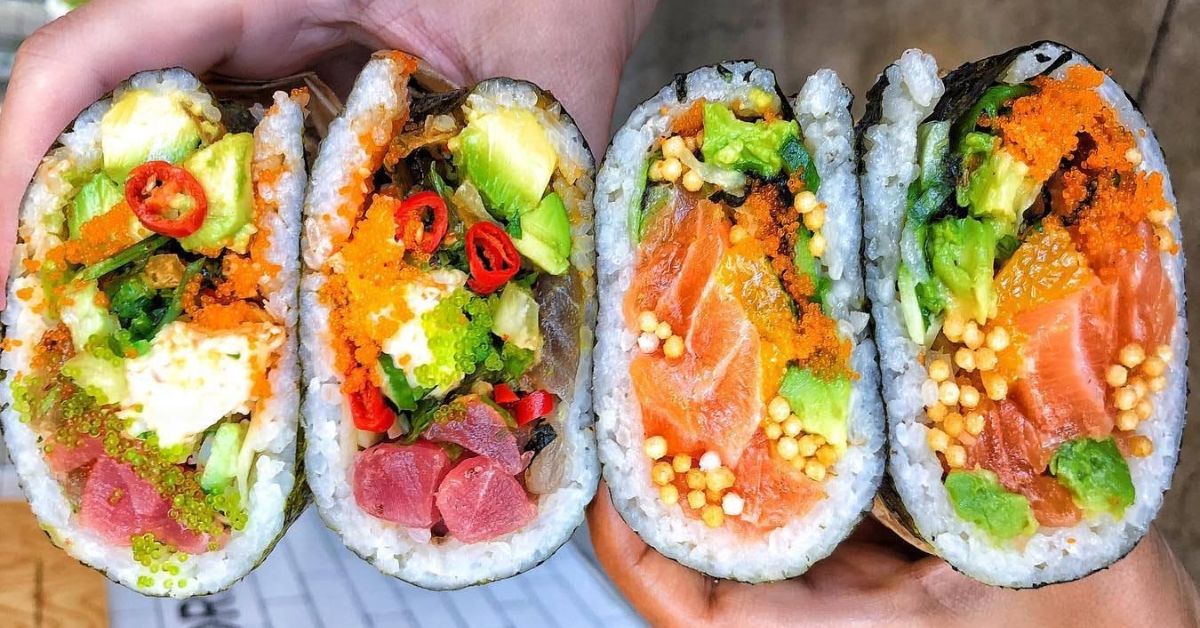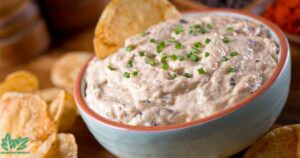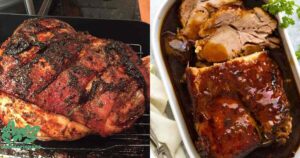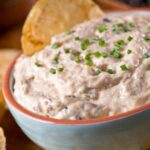If you’re a fan of sushi and tacos, why not combine the best of both worlds? These fail-proof Sushi Tacos are incredibly easy to make and packed with flavor. With nori sheets topped with perfectly cooked sushi rice, marinated salmon, fresh avocado, and a drizzle of spicy sriracha mayonnaise, this recipe is perfect for a quick weeknight meal or a fun weekend cooking project.
Why You’ll Love This Recipe
Here are reasons to love this recipe.
1. Fail-proof Cooking:
- This recipe is designed to be easy to follow, with step-by-step instructions that ensure success every time. Whether you’re a sushi-making novice or a seasoned pro, you’ll find that this recipe delivers consistently delicious results. My fail-proof sushi rice method is at the heart of this recipe, and I guarantee it works every time.
2. Perfect for Weekday Meals:
- Sushi tacos are a fresh, light, and satisfying meal that can be prepared in advance for a quick and easy lunch or dinner. If you’re looking for more simple and tasty weekday recipes, you might also enjoy my stuffed air fryer salmon, easy Wagamama ramen, or spam ramen recipes.
3. Budget-Friendly:
- Going out for sushi can be expensive, but making it at home is much more cost-effective. Plus, you can make as much as you want without worrying about breaking the bank. If you’re looking to explore more sushi-style recipes, check out my Katsu Onigirazu, Gochujang Onigiri, or Onigirazu sushi sandwich recipes.
Ingredients & Substitutions
Here are Ingredients & Substitutions.
1. Sushi Rice:
- The foundation of any good sushi is the rice. Sushi rice is a short-grain rice known for its stickiness, which helps it hold together well. If you don’t have sushi rice, you can substitute it with other short-grain rice varieties like paella rice, though the texture may differ slightly.
2. Salmon Fillet:
- Fresh, sushi-grade salmon is ideal for this recipe. Sushi-grade means that the fish has been frozen at a very low temperature to kill any parasites, making it safe for raw consumption. If you prefer not to use raw fish, you can substitute it with cooked shrimp, crab, or even tofu for a vegetarian option.
3. Soy Sauce:
- Light soy sauce (reduced salt) is used to season the salmon. If you don’t have light soy sauce, avoid using dark soy sauce as it’s too salty. Teriyaki sauce can be a good alternative for a sweeter flavor profile.
4. Rice Wine Vinegar:
- This is essential for seasoning the sushi rice, giving it that signature tangy flavor. It’s best not to substitute this ingredient, but if necessary, you can use white wine vinegar with a pinch of sugar.
5. Sesame Oil:
- Adds a rich, nutty flavor to the marinated salmon. If you don’t have sesame oil, you can use olive oil, though it will alter the taste slightly.
6. Nori Sheets:
- Japanese seaweed sheets are a must for this recipe. They’re widely available in most supermarkets in the Asian food aisle.
7. Avocado:
- Choose a ripe but firm avocado for the best texture. If you’re not a fan of avocado, you could substitute with cucumber slices for a crunchy alternative.
8. Optional Toppings:
- Pickled ginger, sesame seeds, and sriracha mayonnaise are the perfect finishing touches. If you prefer a milder flavor, you can omit the sriracha or substitute it with regular mayonnaise.
Step-by-Step Instructions with Photos
Step 1: Cook Your Sushi Rice
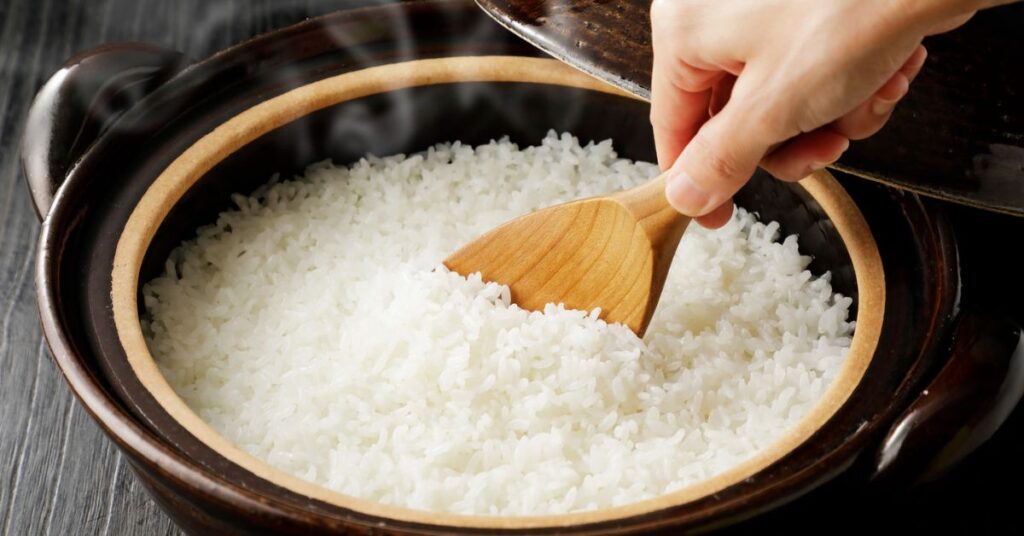
- Rinse the Rice:
- Start by placing 1 cup of sushi rice into a fine-mesh strainer. Rinse under cold water until the water runs clear. This step removes excess starch, which can make the rice gummy.
- Cook the Rice:
- Transfer the rinsed rice to a saucepan and add 1 cup of cold water. Place the saucepan over medium heat. Once the water begins to bubble around the edges, reduce the heat to low, cover the pan with a lid, and cook for 10 minutes. Avoid lifting the lid during cooking, as this allows steam to escape, which is crucial for evenly cooked rice.
- Season the Rice:
- While the rice is resting, mix 2 tablespoons of rice wine vinegar, 1 tablespoon of sugar, and a pinch of salt in a small bowl until dissolved. After the rice has finished cooking and has rested for 5 minutes, remove the lid and pour the vinegar mixture over the rice. Gently fold the rice with a spatula to combine. Transfer the rice to a large bowl to cool to room temperature.
Step 2: Prepare Your Salmon
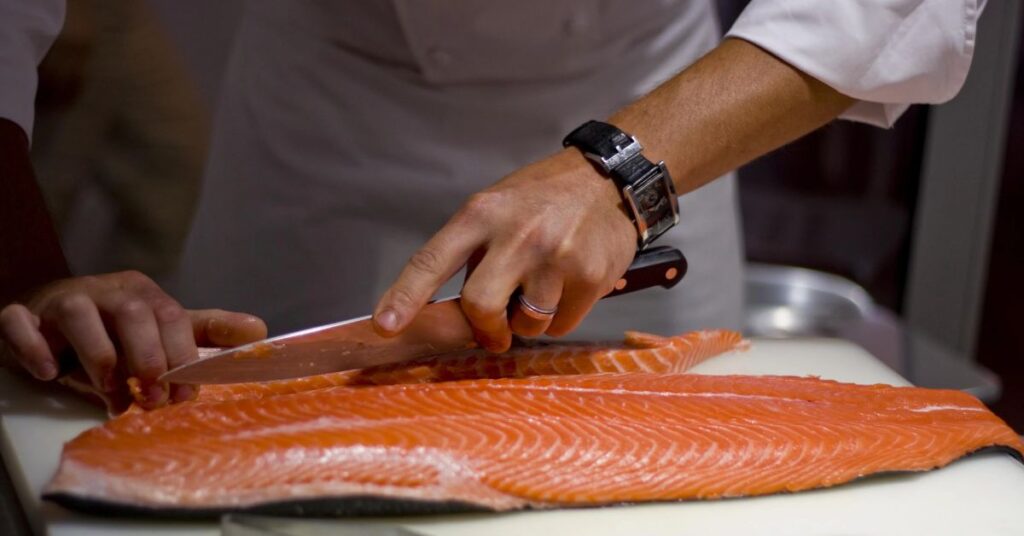
- Marinate the Salmon:
- Cut your sushi-grade salmon fillet into bite-sized cubes. In a medium bowl, combine 2 tablespoons of light soy sauce, 1 teaspoon of sesame oil, a pinch of salt, and freshly ground black pepper. Add the salmon cubes to the bowl and toss to coat. Cover and refrigerate for at least 15 minutes to let the flavors meld.
Step 3: Cut Your Nori Sheets
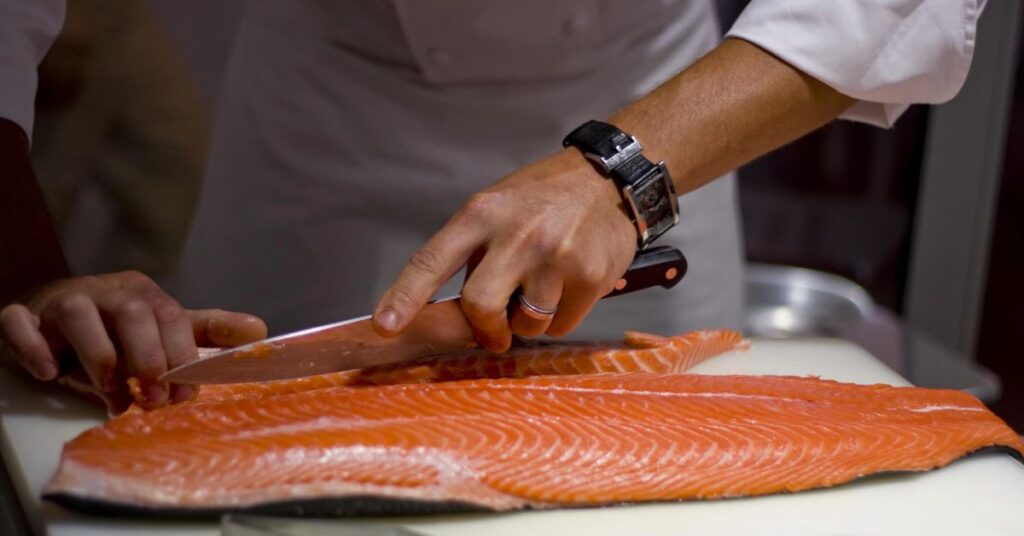
- Shape the Nori:
- Lay out your nori sheets on a clean cutting board. Using a small bowl or a large round cookie cutter, press down on the nori sheets to cut out circular taco-sized pieces. Reserve the leftover nori pieces in an airtight container for future use (they make great snacks or can be used in soups).
Step 4: Assemble Your Sushi Tacos
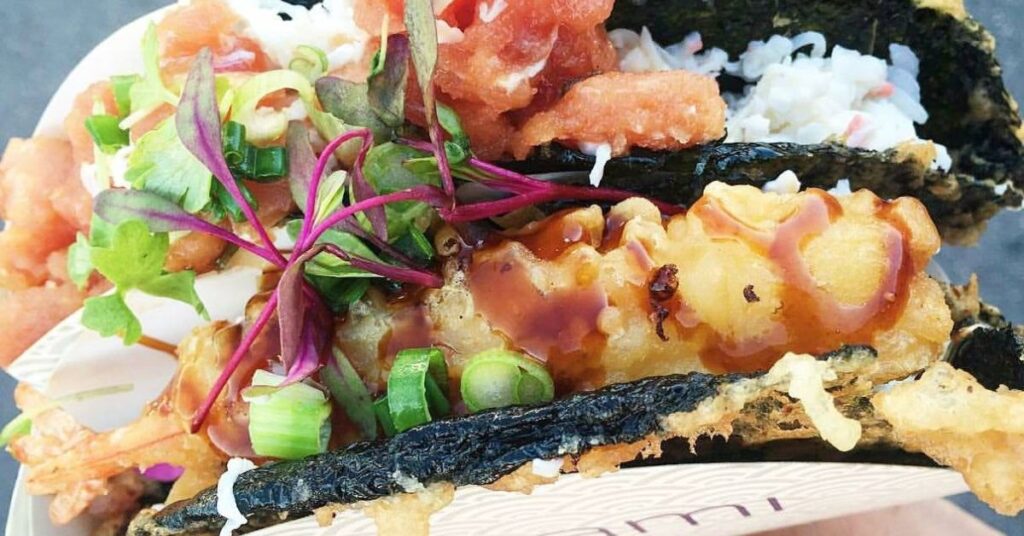
- Build the Tacos:
- Place a nori circle on a clean surface. Add 3 heaping tablespoons of sushi rice to the center of the nori and gently spread it out using a fork. Be careful not to press too hard, as you want to maintain the rice’s fluffy texture.
- Add the Avocado:
- Slice the avocado into thin strips and arrange them along one side of the rice.
- Add the Salmon:
- Place ¼ of the marinated salmon on the opposite side of the avocado, ensuring an even distribution.
- Top and Serve:
- Drizzle the assembled sushi tacos with sriracha mayonnaise, sprinkle with sesame seeds, and garnish with pickled ginger. Repeat the process for the remaining nori sheets and enjoy your sushi tacos immediately.
Top Tips!
- Use High-Quality Salmon:
- Since the salmon is served raw, it’s crucial to use high-quality, sushi-grade or fresh, organic salmon fillets. Consult your local fishmonger or supermarket for recommendations on the best options available.
- Get the Right Rice:
- Short-grain Japanese rice, often labeled as sushi rice, is essential for this recipe. It has a higher starch content, which gives it the sticky consistency needed to hold the taco together.
- Avoid Overfilling:
- To ensure your sushi tacos hold their shape when folded, underfill them slightly. Place the ingredients on one half of the taco, then gently fold the other half over.
What To Do With Leftovers
- Storage:
- If you have leftover sushi tacos, store them in an airtight container in the refrigerator for up to 3 days. For the best results, store the individual components (rice, salmon, and toppings) separately and assemble the tacos just before eating to keep the nori from becoming soggy.
- Repurposing Sushi Tacos:
- If you’ve had your fill of sushi tacos and want to switch things up, consider turning the leftovers into a poke bowl. Simply layer sushi rice in a bowl and top with the marinated salmon, avocado, and your favorite garnishes.
FAQs for Salmon Sushi Tacos
- Can I use other types of fish?
- Absolutely! Tuna, yellowtail, or even cooked shrimp are excellent alternatives to salmon. Just make sure the fish is sushi-grade if you plan to eat it raw.
- Is there a vegetarian version?
- Yes! Substitute the salmon with tofu, tempeh, or even grilled oyster mushrooms for a delicious vegetarian option.
- Can I make these ahead of time?
- You can prepare all the components in advance, but it’s best to assemble the sushi tacos just before serving to keep the nori crisp.
Nutritional Information
Here’s a quick breakdown of the nutritional content for one sushi taco (assuming the recipe makes four tacos):
- Calories: 300
- Protein: 15g
- Fat: 12g
- Carbohydrates: 35g
- Fiber: 5g
- Sodium: 600mg
This makes sushi tacos a balanced meal that’s high in protein and healthy fats, perfect for a satisfying lunch or dinner.
Serving Suggestions
While these sushi tacos are delicious on their own, you can elevate the meal with some complementary sides:
- Miso Soup:
- A light and warming starter that pairs perfectly with the fresh flavors of sushi.
- Edamame:
- Steamed and lightly salted, these green soybeans are a popular Japanese appetizer that adds a nice crunch to your meal.
- Pickled Vegetables:
- Quick-pickled cucumbers or radishes provide a refreshing contrast to the richness of the sushi tacos.
- Seaweed Salad:
- A traditional Japanese side dish that adds texture and a burst of umami flavor.
You may also like:
Smithville Pizzeria
Tim Hortons Breakfast
Baba Foundation Menu Prices United Kingdom Updated
Final Thoughts
These fail-proof Sushi Tacos are a fun and innovative way to enjoy the flavors of sushi without the need for advanced culinary skills. Whether you’re hosting a dinner party or just looking for a new way to enjoy your favorite fish, this recipe is sure to impress. The combination of perfectly seasoned rice, fresh salmon, creamy avocado, and spicy mayo wrapped in a crispy nori sheet makes for a mouthwatering meal that you’ll want to make again and again.

Ethan Henry with 8 years of expertise in bamboo, excels in sustainable design, construction and product development. His passion for eco-friendly solutions has driven innovative advancements in bamboo-based industries.
